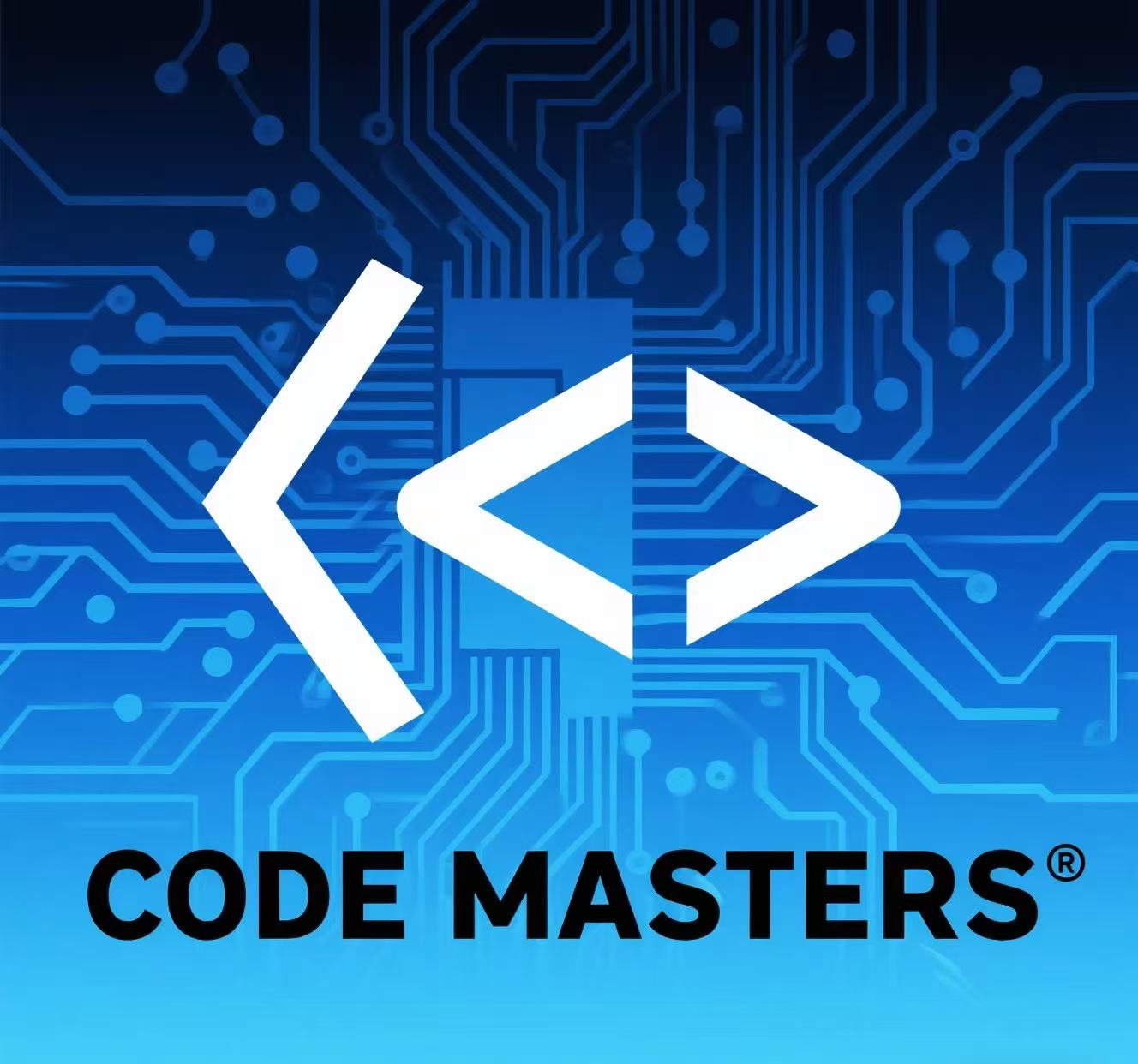Google 面试经验分享:连续子数组判断算法题 - Oavoservice

🎤 Google 0520 面经
👩💻 Candidate 在 Google 面试中遇到了一个经典的连续子数组判断算法题。
📋 题目要求
给定一个不可变数据类型 Item 和两个 Item 数组 array 与 possibleSubArray,判断possibleSubArray 是否作为连续子数组完整地出现在 array 中。
📝 具体说明
- 需要判断 possibleSubArray 是否是 array 的连续子数组
- 子数组必须是连续的,不能跳跃
- 元素顺序必须完全一致
- Item 是不可变数据类型,需要重写 equals 方法
❓ 问题分析
这是一个典型的字符串匹配问题的变种:
- 核心思想:在数组中寻找连续的子序列
- 关键点:需要逐个比较元素
- 优化:可以使用KMP算法优化时间复杂度
💡 思路设计
使用滑动窗口方法:
- 遍历主数组 array
- 对于每个位置,检查是否匹配子数组的第一个元素
- 如果匹配,继续检查后续元素
- 如果完全匹配,返回 true
💻 代码实现
// 不可变数据类型 Item
class Item {
private final int value;
public Item(int value) {
this.value = value;
}
@Override
public boolean equals(Object obj) {
if (this == obj) return true;
if (obj == null || getClass() != obj.getClass()) return false;
Item item = (Item) obj;
return value == item.value;
}
@Override
public int hashCode() {
return Integer.hashCode(value);
}
@Override
public String toString() {
return String.valueOf(value);
}
}
public class ContinuousSubarrayChecker {
// 方法1:暴力解法 O(n*m)
public boolean isContinuousSubarray(Item[] array, Item[] possibleSubArray) {
if (possibleSubArray == null || possibleSubArray.length == 0) {
return true; // 空数组是任何数组的子数组
}
if (array == null || array.length < possibleSubArray.length) {
return false;
}
int n = array.length;
int m = possibleSubArray.length;
// 遍历主数组的每个可能起始位置
for (int i = 0; i <= n - m; i++) {
boolean found = true;
// 检查从位置i开始的连续m个元素
for (int j = 0; j < m; j++) {
if (!array[i + j].equals(possibleSubArray[j])) {
found = false;
break;
}
}
if (found) {
return true;
}
}
return false;
}
// 方法2:KMP算法优化 O(n+m)
public boolean isContinuousSubarrayKMP(Item[] array, Item[] possibleSubArray) {
if (possibleSubArray == null || possibleSubArray.length == 0) {
return true;
}
if (array == null || array.length < possibleSubArray.length) {
return false;
}
// 构建next数组
int[] next = buildNextArray(possibleSubArray);
int i = 0; // 主数组指针
int j = 0; // 子数组指针
while (i < array.length && j < possibleSubArray.length) {
if (array[i].equals(possibleSubArray[j])) {
i++;
j++;
} else if (j > 0) {
j = next[j - 1];
} else {
i++;
}
}
return j == possibleSubArray.length;
}
// 构建KMP算法的next数组
private int[] buildNextArray(Item[] pattern) {
int[] next = new int[pattern.length];
int j = 0;
for (int i = 1; i < pattern.length; i++) {
while (j > 0 && !pattern[i].equals(pattern[j])) {
j = next[j - 1];
}
if (pattern[i].equals(pattern[j])) {
j++;
}
next[i] = j;
}
return next;
}
// 测试方法
public static void main(String[] args) {
ContinuousSubarrayChecker checker = new ContinuousSubarrayChecker();
// 测试用例1:正常情况
Item[] array1 = {
new Item(1), new Item(2), new Item(3), new Item(4), new Item(5)
};
Item[] subArray1 = {
new Item(2), new Item(3), new Item(4)
};
System.out.println("测试1: " + checker.isContinuousSubarray(array1, subArray1)); // true
// 测试用例2:不连续的情况
Item[] array2 = {
new Item(1), new Item(2), new Item(4), new Item(3), new Item(5)
};
Item[] subArray2 = {
new Item(2), new Item(3), new Item(4)
};
System.out.println("测试2: " + checker.isContinuousSubarray(array2, subArray2)); // false
// 测试用例3:空子数组
Item[] subArray3 = {};
System.out.println("测试3: " + checker.isContinuousSubarray(array1, subArray3)); // true
// 测试用例4:单个元素
Item[] subArray4 = {new Item(3)};
System.out.println("测试4: " + checker.isContinuousSubarray(array1, subArray4)); // true
// 测试KMP算法
System.out.println("KMP测试1: " + checker.isContinuousSubarrayKMP(array1, subArray1)); // true
System.out.println("KMP测试2: " + checker.isContinuousSubarrayKMP(array2, subArray2)); // false
}
}🔍 算法分析
- 暴力解法时间复杂度:O(n*m),其中n是主数组长度,m是子数组长度
- KMP算法时间复杂度:O(n+m)
- 空间复杂度:O(m)(KMP算法的next数组)
- 核心思想:滑动窗口 + 字符串匹配算法
📊 测试用例
// 测试用例1:正常匹配
array = [1, 2, 3, 4, 5]
possibleSubArray = [2, 3, 4]
期望输出:true
// 测试用例2:不匹配
array = [1, 2, 4, 3, 5]
possibleSubArray = [2, 3, 4]
期望输出:false
// 测试用例3:空子数组
array = [1, 2, 3, 4, 5]
possibleSubArray = []
期望输出:true
// 测试用例4:单个元素
array = [1, 2, 3, 4, 5]
possibleSubArray = [3]
期望输出:true
// 测试用例5:子数组长度大于主数组
array = [1, 2]
possibleSubArray = [1, 2, 3]
期望输出:false🚀 优化思路
面试官可能会问如何优化:
- KMP算法:避免重复比较,时间复杂度从O(n*m)降到O(n+m)
- 哈希优化:如果Item类型支持,可以使用哈希值快速比较
- 并行处理:对于大数据集,可以考虑并行搜索
✨ 面试官反馈
面试官对解决方案很满意:"Great solution! You've provided both the straightforward approach and the optimized KMP algorithm. The code is clean and handles edge cases well."
面试技巧分享
在 Google 面试中,除了算法实现,面试官还会关注:
1. 问题理解能力
能够准确理解题目要求,特别是"连续子数组"的概念。
2. 边界条件处理
考虑空数组、单个元素、长度不匹配等特殊情况。
3. 算法优化思维
主动提出KMP算法等优化方案,展现算法知识深度。
4. 代码质量
写出清晰、可读的代码,包含适当的注释和测试用例。
Oavoservice 实时辅助服务
在这次 Google 面试中,我们的实时辅助系统发挥了关键作用:
- 问题分析:帮助候选人快速理解连续子数组的概念
- 算法指导:提供暴力解法和KMP优化方案
- 代码实现:协助完成完整的代码实现
- 测试验证:确保所有测试用例都能正确通过
结语
连续子数组判断虽然是一道基础算法题,但考察了候选人对数组操作、字符串匹配算法的理解。在面试中,能够提供多种解法并分析其优缺点,展现了候选人的技术深度和优化思维。
如果你正在准备 Google 或其他公司的技术面试,欢迎联系 Oavoservice。我们拥有丰富的面试经验和专业的辅助团队,能够在你最需要的时候提供及时有效的帮助。
Oavoservice - 让每一次面试都成为成功的机会!
需要辅助的同学随时dd哦,vo开始前支持mock!
